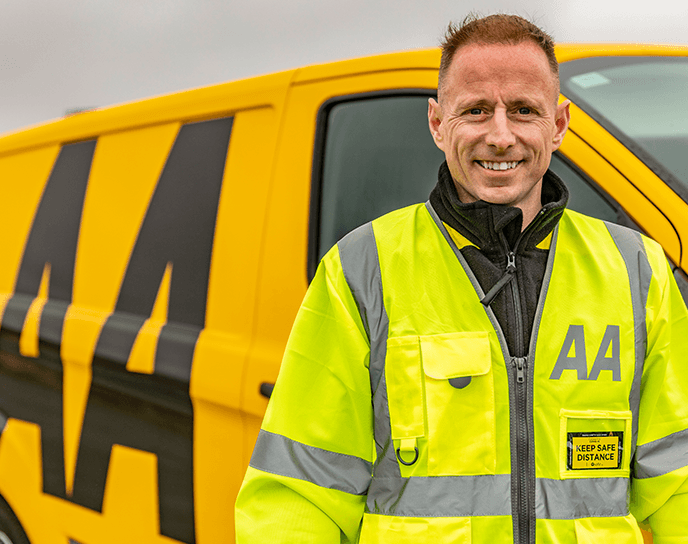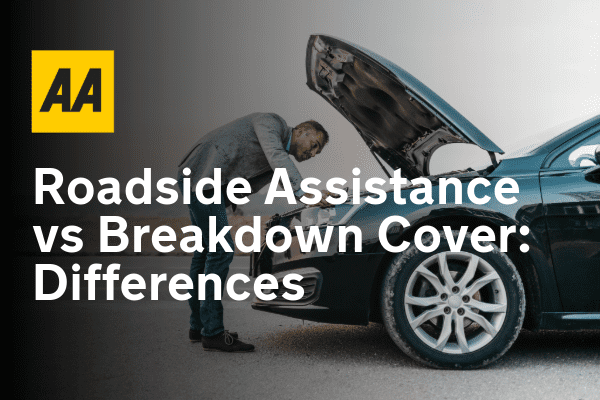There’s ice and snow in many part of the country today and our Patrols saw a big spike in call outs yesterday due to cold temperatures so we’ve put together the following winter driving tips for you to help you cope with the conditions:
How to start your car in snow and ice
- Give yourself plenty of extra time to deice your car and allow for traffic delays. Pouring a kettle on the window is not a good idea as it could weaken/crack the glass.
- Give the battery a chance! Start the car first and don’t switch on other electrics until after it’s started.
- Fully clear all windows of snow and ice using a scraper and de-icer.
Essentials you need for driving in snow
- Carry a fully charged phone
- A Torch
- First-aid kit
- Tow rope
- Blankets
- Warm coat
- Boots
- Jump leads
- Shovel
- Warning triangle
- Old sack/rug.
What is the stopping distance in snow?
- Stopping distances are 10 times longer in ice and snow.
- Gentle manoeuvres are the key to safe driving.
- Wear comfortable, dry shoes. Snow-covered boots will slip on the pedals.
- Select 2nd gear when pulling away, easing your foot off the clutch gently to avoid wheel-spin.
How-to drive-up hill in snow and ice
- When climbing a hill avoid having to stop on the hill by waiting until it is clear of other cars or by leaving plenty of room between you and the car in front. Try to maintain a constant speed, choosing the most suitable gear well in advance to avoid having to change down on the hill.
How to drive downhill in snow and ice
- When driving downhill, reduce your speed before the hill, use a low gear and try to avoid using the brakes. Leave as much room as possible between you and the car in front.
- Always apply brakes gently. Release them and de-clutch if the car skids.
What to do if your car gets stuck in snow
- If you do get stuck, straighten the steering and clear the snow from the wheels. Put a sack or old rug in front of the driving wheels to give the tyres some grip. Once on the move again, try not to stop until you reach firmer ground.
How to drive an automatic car in the snow & Ice
- Under normal driving conditions (motorways, etc) it’s best to select ‘Drive’ and let the gearbox do the work throughout the full gear range. In slippery, snowy conditions you can make driving much safer by selecting ‘2’, which limits the gear changes and also makes you less reliant on the brakes. Many modern autos have a ‘Winter’ mode which locks out first gear to reduce the risk of wheel spin. Check the handbook if you’re not sure.
Worried about having a breakdown this winter? Get your quote for an AA Membership online today.










